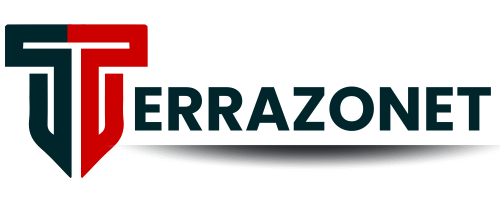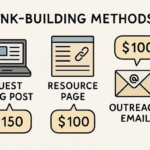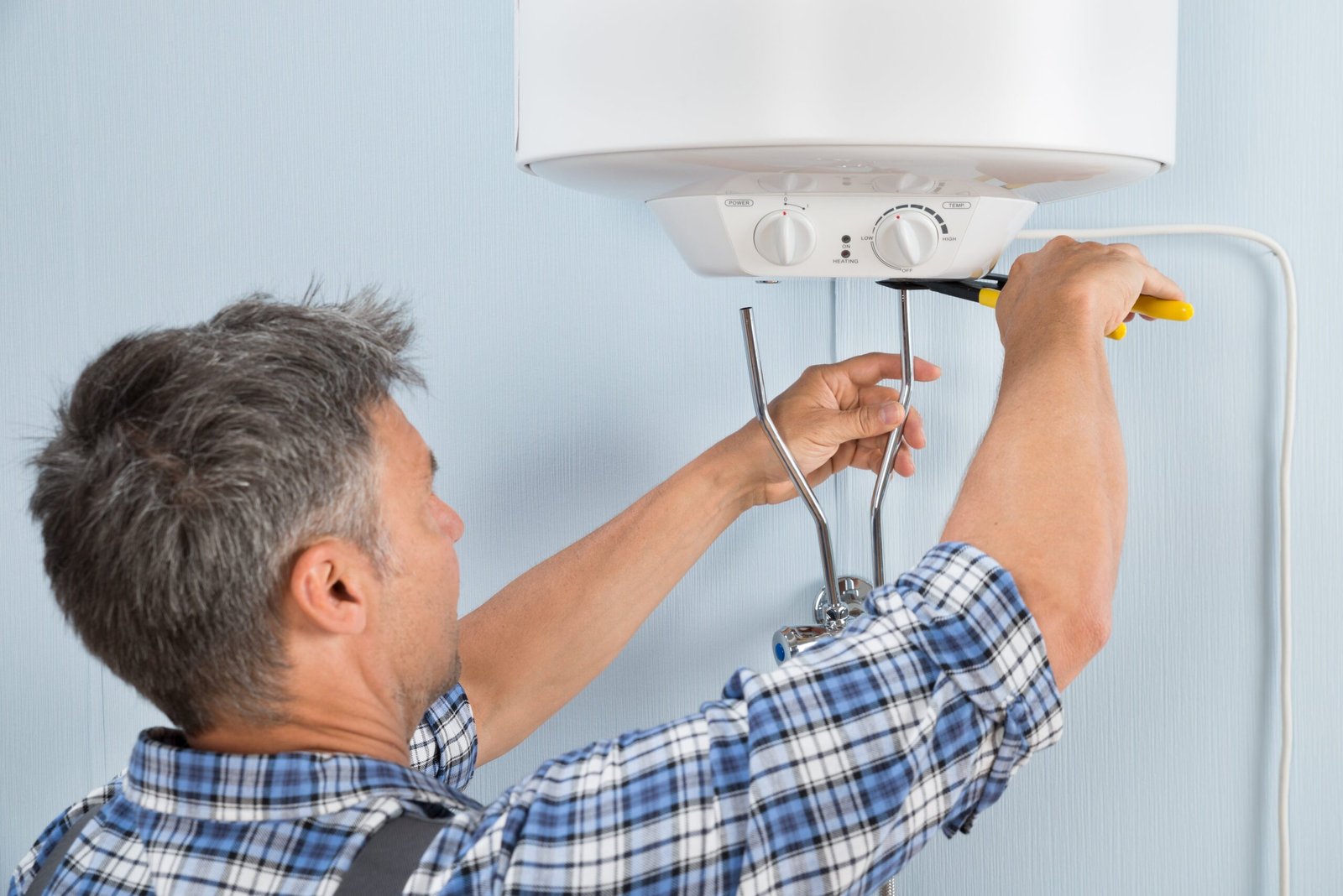Owning a home has always been a cornerstone of the “American Dream.” But today, that dream looks different. Especially for millennials.
This generation—born between 1981 and 1996—is now the largest group of homebuyers in the U.S., accounting for more than 43% of the market according to the National Association of Realtors. But unlike their parents or grandparents, millennials aren’t just buying for stability. They’re buying with new priorities, new tools, and new challenges.
Let’s dive into how they’re reshaping real estate.
1. Tech-Savvy Buyers in a Digital World
Millennials grew up with the internet. They shop, date, work, and even tour homes online. So it’s no surprise that 97% of homebuyers—millennials especially—begin their search on the web.
What does that mean for real estate? Convenience. Speed. Options.
Millennials expect to:
- Browse virtual listings anytime, anywhere.
- Take 3D tours instead of attending multiple open houses.
- Sign documents electronically.
- Communicate via text instead of waiting for phone calls.
It’s all about efficiency. They don’t want to wait weeks for an offer to process if there’s a faster way. That’s why many also explore ways to find trusted buyers quickly. In a world where time is money, the ability to close deals without drawn-out delays is priceless.
2. Lifestyle Over Location
For past generations, “location, location, location” ruled the real estate world. But millennials are shifting the focus. Sure, they still care about where they live—but lifestyle comes first.
They ask questions like:
- Can I walk to coffee shops and gyms?
- Is there access to green space and dog parks?
- Does this city support remote workers?
Millennials are more likely to choose smaller homes in vibrant neighborhoods over sprawling suburban properties. They want experiences, connection, and flexibility. The idea of living in a trendy downtown loft—even if it means less square footage—often outweighs owning a traditional four-bedroom house with a big yard.
3. Financial Realities and Modern Challenges
Here’s the truth: millennials face obstacles their parents didn’t. Student debt, rising home prices, and a competitive market make it harder to break in.
Consider this: the average millennial carries about $33,000 in student loan debt. Pair that with skyrocketing home values—median U.S. home prices rose nearly 25% between 2020 and 2022—and you can see why affordability is a challenge.
Yet, they’re resilient. Many are:
- Delaying purchases until their 30s.
- Partnering with friends or family to co-buy homes.
- Choosing fixer-uppers they can renovate affordably.
- Taking advantage of first-time buyer programs and grants.
Instead of giving up, they’re finding creative ways to adapt.
4. The Rise of Remote Work
COVID-19 changed more than daily commutes—it changed where people live. Millennials especially embraced remote and hybrid work, and now they have freedom to choose homes beyond expensive metro hubs.
Why pay top dollar in San Francisco when you can work remotely from a more affordable city like Austin or Nashville? Some are even moving to smaller towns with lower costs of living while maintaining big-city salaries.
This trend has fueled housing booms in “secondary” markets across the U.S. It’s a massive shift, and it’s not slowing down anytime soon.
5. Sustainability and Values-Driven Buying
Another millennial hallmark? Caring about the planet.
Eco-friendly homes aren’t just trendy—they’re essential for many young buyers. Features like energy-efficient windows, solar panels, and sustainable materials are high on their lists. And while these upgrades may cost more upfront, millennials see them as long-term investments that save money and protect the environment.
They also want communities that align with their values—diverse, inclusive, and connected. For them, a home isn’t just a property. It’s a reflection of who they are and what they care about.
What Does This Mean for the Future?
Millennials aren’t just another wave of homebuyers—they’re redefining the rules. Their tech-savvy approach, lifestyle-driven choices, and resilience in the face of financial challenges are transforming real estate into something more flexible, fast-paced, and values-driven.
And here’s the kicker: Gen Z is coming right behind them, inheriting many of these same habits. That means the shifts we’re seeing today aren’t temporary. They’re the future.
Conclusion: A New Chapter in Homeownership
Millennials are proving that homeownership isn’t a one-size-fits-all dream. For some, it’s a condo in the city. For others, it’s a fixer-upper with potential. For many, it’s about freedom—the freedom to choose where, how, and why they buy.
Yes, the challenges are real. But so is the opportunity. By embracing technology, prioritizing lifestyle, and finding creative ways to overcome obstacles, millennials are writing a new playbook for real estate.
The bottom line? The future of homeownership is here. And it looks a lot like them.
READ ALSO: What Does an Estate Planning Attorney Do?


















